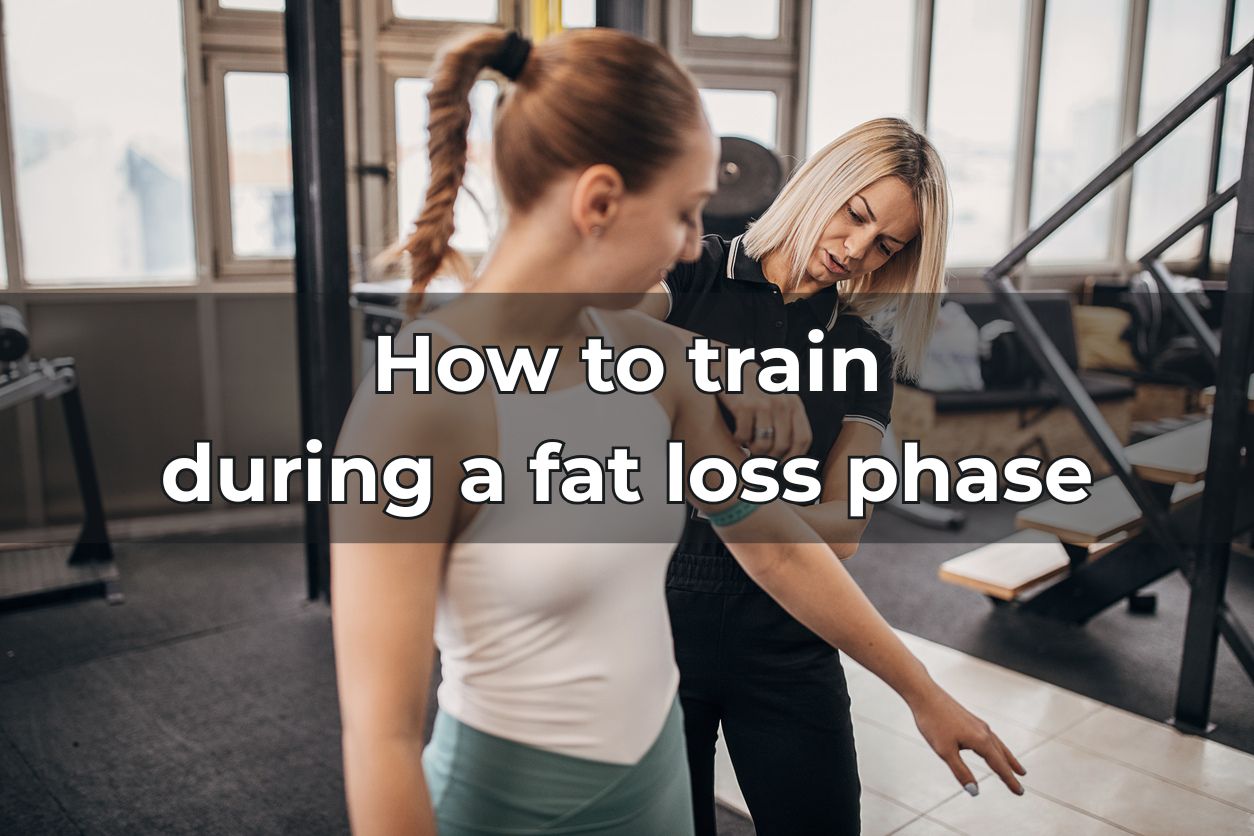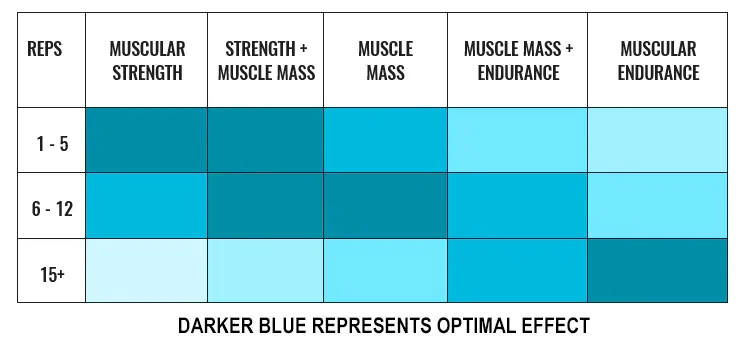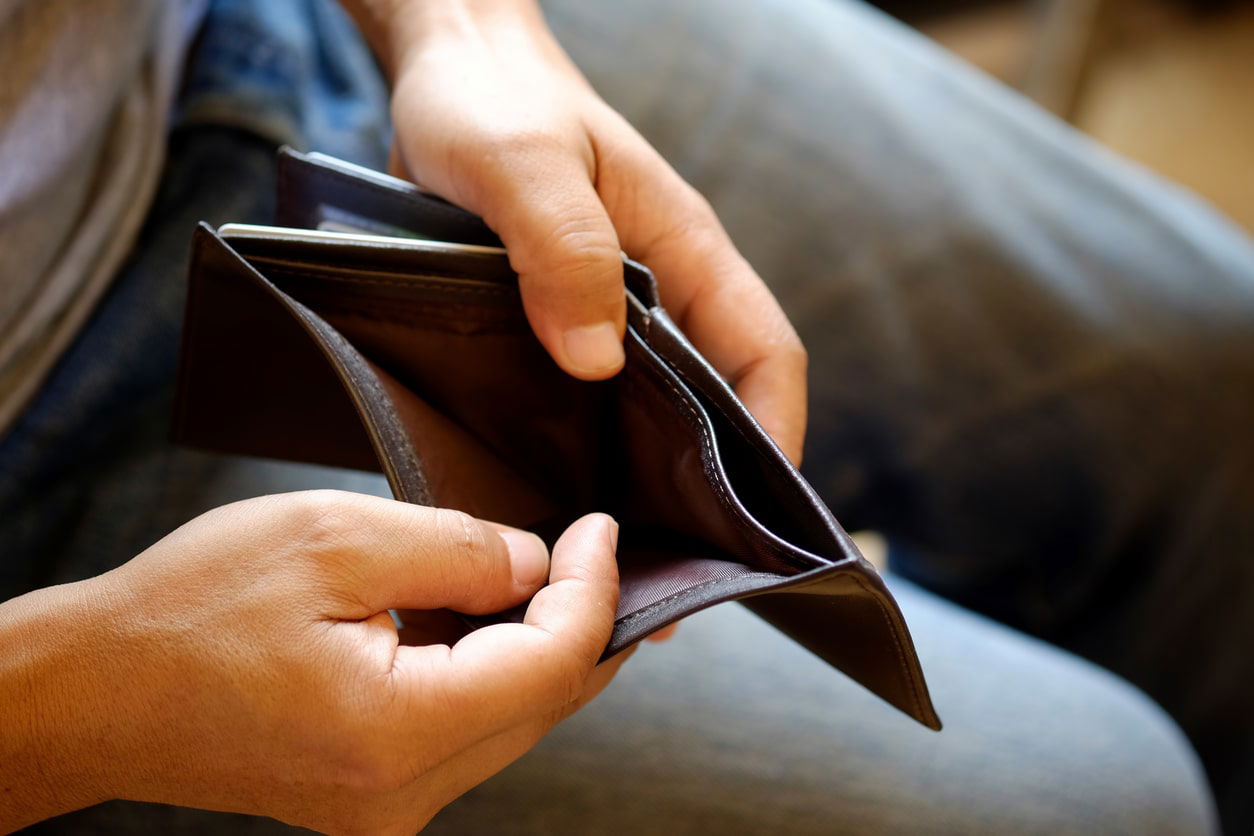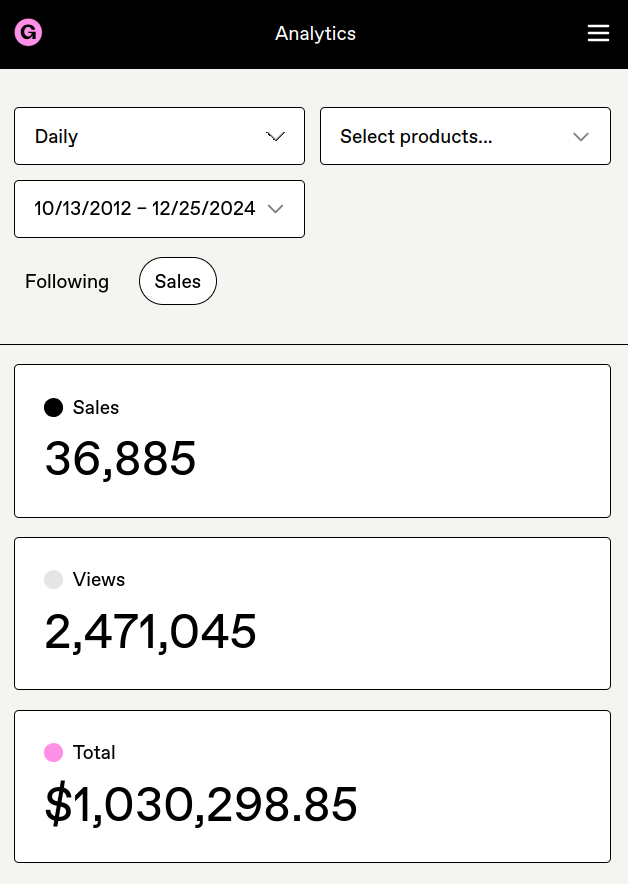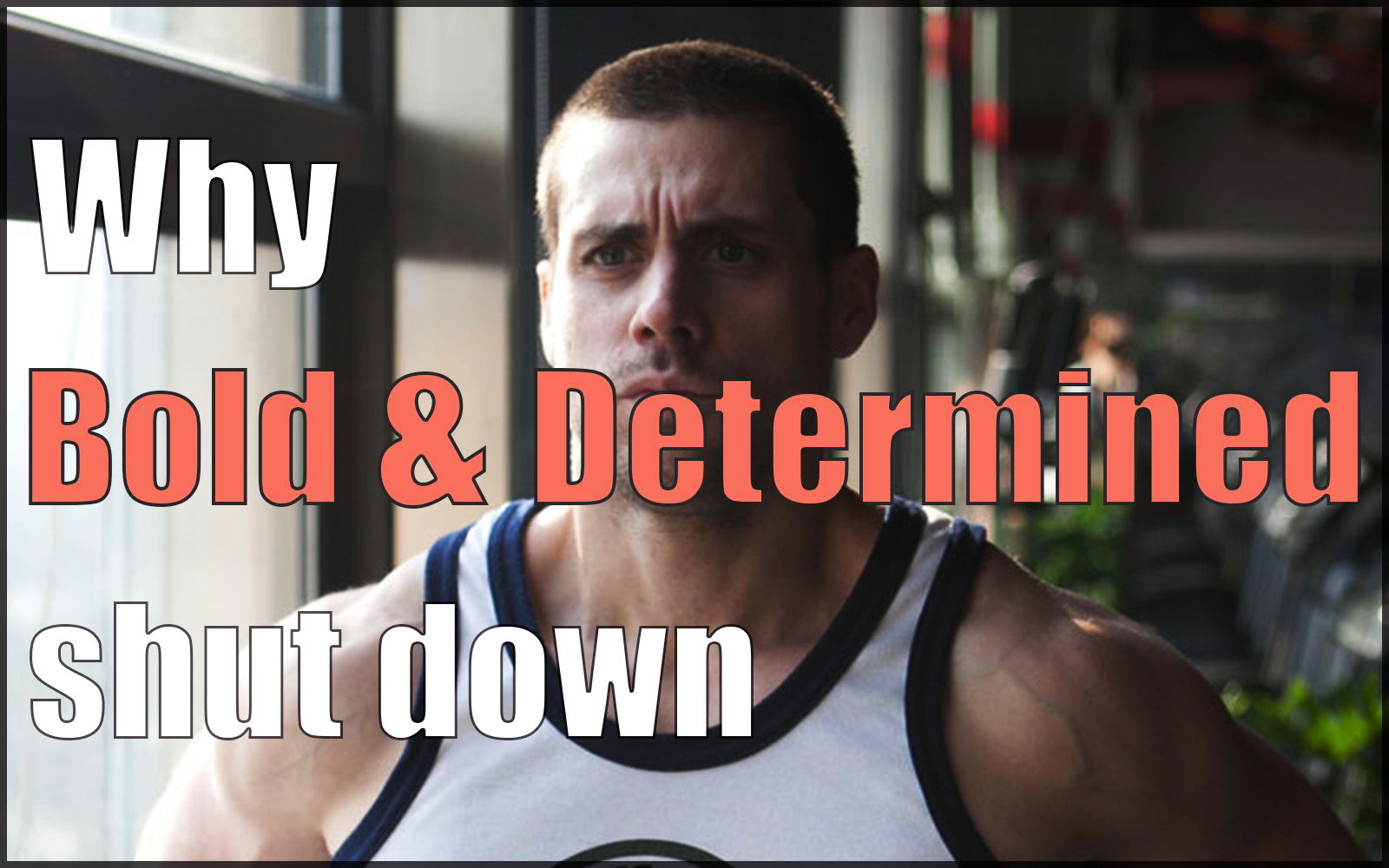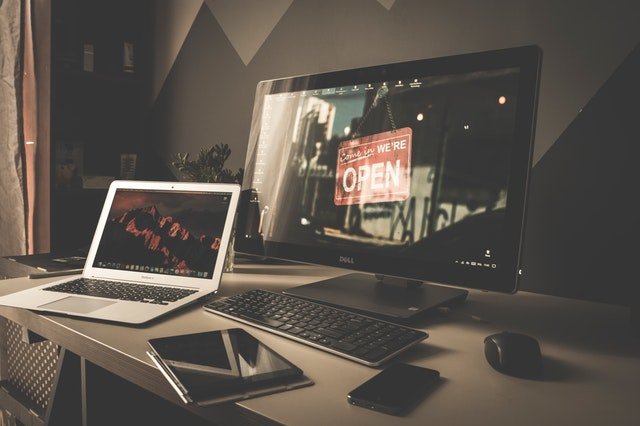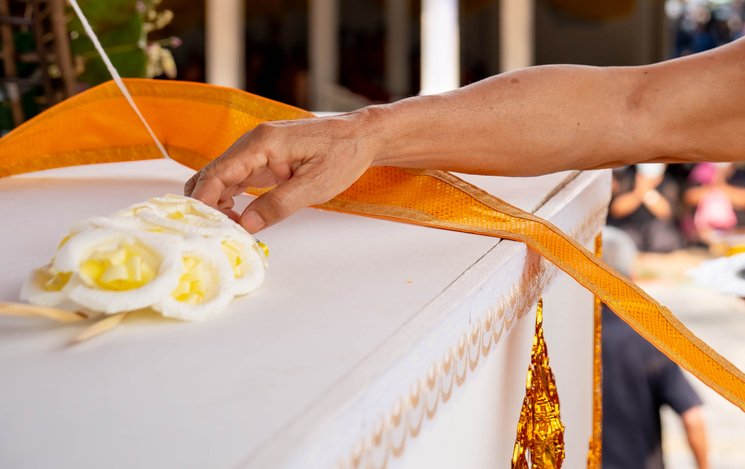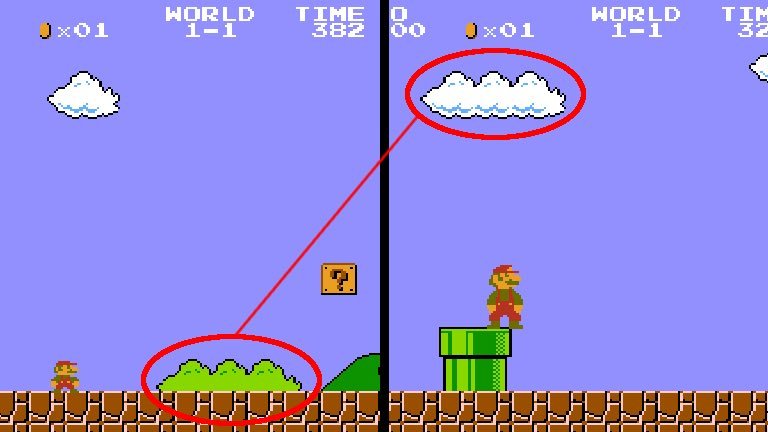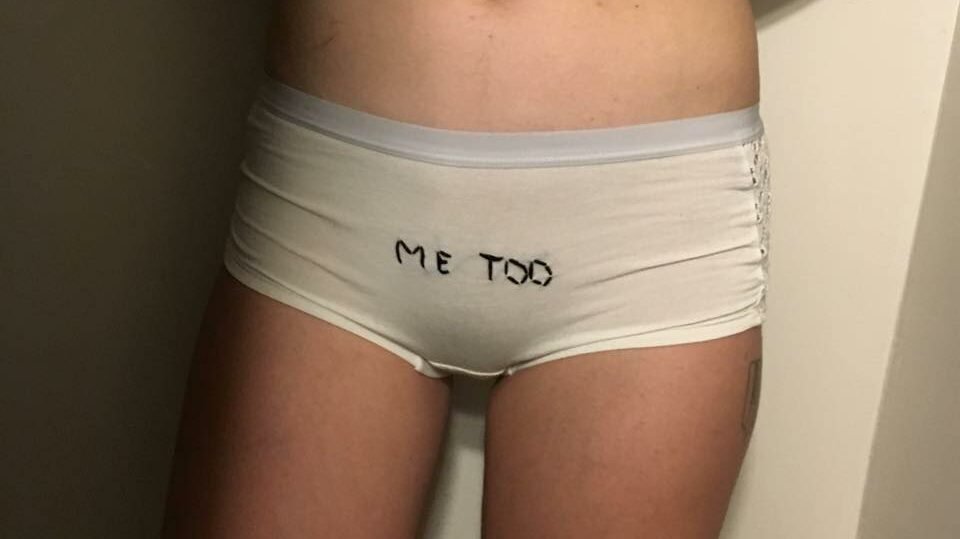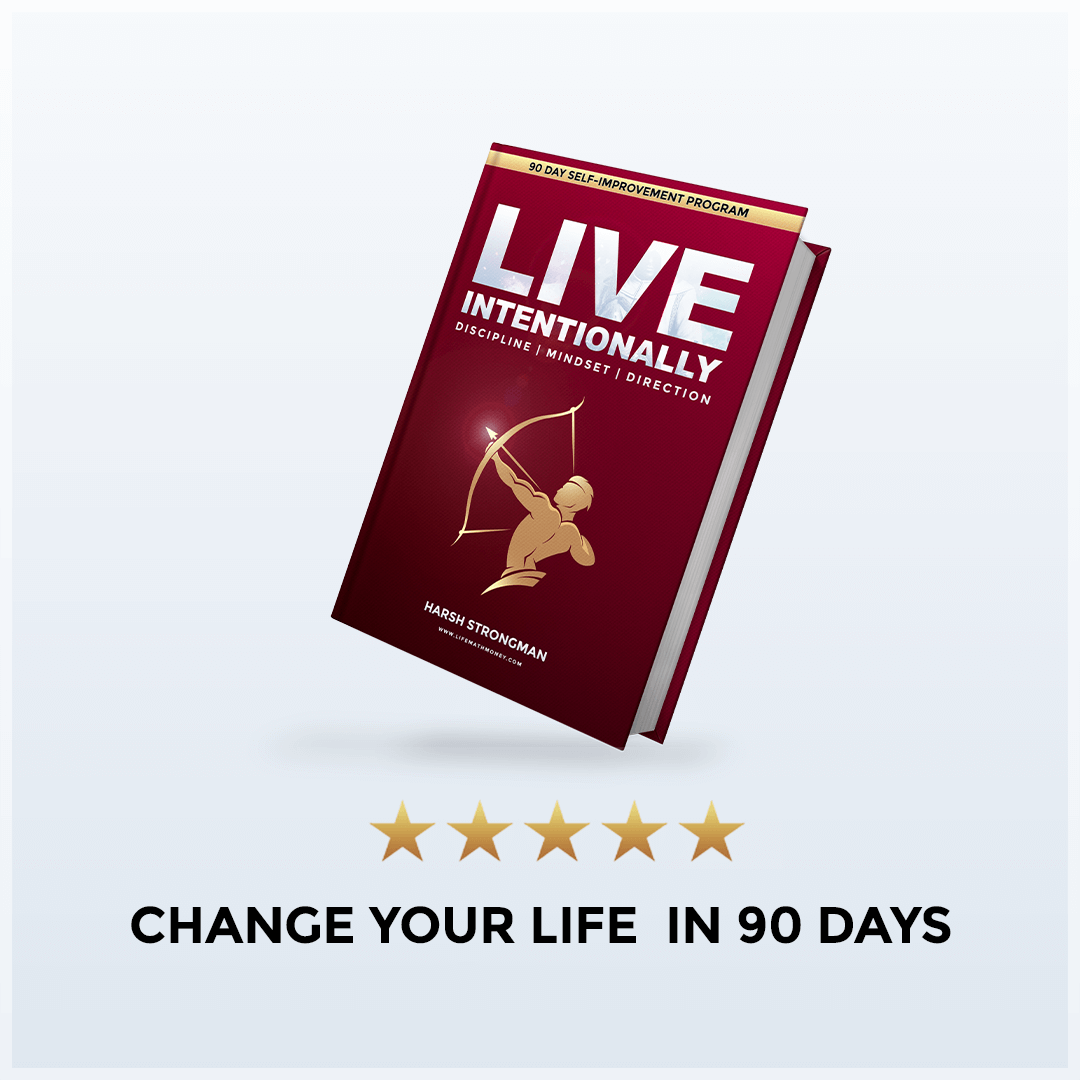From the desk of Harsh Strongman
Subj: Building a Home Gym on an affordable Budget
There are several advantages to having a home gym, such as saving travel time, not having to wait for equipment, and more importantly, being able to train if your area is under coronavirus lockdown.
This article is intended towards people who are buying equipment simply because their gyms are closed for extended periods, i.e., regular people living in an apartment who need to get equipment so they can train temporarily without a gym.
We’re not looking to buy high tech machines for every body part, but just the home gym essentials that allow us to start training and don’t take up too much space in the apartment.
We will get home gym equipment with a focus on three objectives:
- The total cost of the equipment should be low (less than $1000).
- The equipment should not take up a lot of space in the apartment when it’s not in use.
- The equipment should be enough to allow us to train the entire body.
Essential Equipment for a Low Cost Affordable Home Gym
Here’s all the essential home gym equipment you will need that meets all three of the criteria above:
- Olympic Barbell
- Weight Plates
- Squat Rack
- Adjustable Bench
- Pull Up Bar
Of course, dozens of other pieces of equipment would be useful (for example, a deadlift platform), but we’re focused on a lean, minimalist home gym that doesn’t occupy too much space in an apartment.
1) Olympic Barbell
The Olympic barbell needs to be about 28 or 29 millimeters in diameters, 7 ft in length, and about 20 kg in weight. Ideally, you want a bar with no whip.
Make sure it has standard power bar knurling, i.e., it isn’t knurled where your shins touch the bar while deadlifting. Otherwise, it will rub the flesh off your shins when you deadlift.
 A bar with standard knurling. The two sections in the middle aren’t knurled because that’s where your shins touch the bar while deadlifting.
A bar with standard knurling. The two sections in the middle aren’t knurled because that’s where your shins touch the bar while deadlifting.

A bar with non-standard knurling that I purchased from a local manufacturer. I’m forced to wear knee-high socks to prevent the bar from scraping my shins off while I deadlift.
(You see, I learn things the hard way, so you don’t have to.)
2) Weight Plates
Get regular iron or vinyl plates if you want to minimize costs, and if you want to spend some money, get bumper plates.
Ensure you weigh them before you buy them because the cheap ones tend to vary wildly in their actual weight. Some 20kg plates weigh 19kg and others weigh 21 kg. Weigh them before you buy them.
Depending on your strength levels, you might need many or just one (set of) 20kg (or 45 lbs) plates, but you will need plates of lower weights.
Try to get plates that are standard 45 cm in diameter because shorter plates interfere with deadlift form.
If you get plates that are less than 45 cm in diameter, you’ll need to prop them up to deadlift with good form – I use thick old books (once again, I learned this the hard way, so you don’t have to).
Make sure you also purchase fractional plates that allow you to make small increments to your lifts and get stronger with each workout.
Here are the plate weights I recommend:
- 250 gram plates (1 set)
- 500 gram plates (1 set)
- 1 kg plates (2 sets)
- 2.5 kg plates (1 set)
- 5 kg plates (1 set)
- 10 kg plates (1 set)
- 20 kg plates (as many as you need)
This allows you to use any weight you want on the bar in 0.5 kg increments – small enough to allow linear progress in the bench and overhead press as you get stronger with time.
Bumper plates let you do power cleans without worrying about having to keep the weights down on the ground, but if you can’t afford or acquire bumper plates for whatever reason, don’t worry too much about it. People were doing cleans before bumper plates were a thing – just keep the weight down slowly.
3) Squat Rack
If you want to do most big exercises with barbells and plates (squats, bench press, overhead press, or even just curls), you will need a squat rack.
You cannot do heavy squats without a rack.
If you’re on a budget, get a portable squat rack with bench press attachments.
Racks that are attached at the bottom are more stable but harder to move around, and racks that are in two separate pieces are easier to move but less stable. Depending on your space situation, you might prefer one over the other.
If you have some money to burn and lots of space in your apartment, get a full power rack. It’s safer and has a pull-up rod built into it.
4) Adjustable Bench
An adjustable bench can be used for various things, but you need it mainly to bench press.
If you’re short on cash, get a flat bench. Otherwise, get an adjustable bench.
If you don’t have space or don’t want to spend money, you could just skip the bench altogether. In this case, you’ll need to bench press on the floor and you will not be able to reach full depth (where the bar touches your chest); but of all the equipment in this article, a bench is something you can manage without (if you have to).
If you have space and money to spend, I still recommend getting it.
5) Pull Up Bar
You need this to do chin-ups and pull-ups, both of which are excellent upper body exercises.
A pullup bar is very cheap and fits right in any one of your door frames in your house, so there’s no reason not to get one.
Get the smallest size you can that will fit tightly in the door frame. And get a good quality one.
I once had a long bar between two walls that were far apart; the bar would bend as I hung on it with my weight and it eventually slipped as I was doing a chin-up, and I landed on my knee. I ended up with prepatellar bursitis that took a whole month to heal.
So get the shortest one you can and make sure it’s really tightly attached to the door frame. If you want to be extra cautious, put an exercise mat on the floor as you do your chin-ups.
6) Accessories
You will also want to get some good weightlifting shoes, a flat training shoe, a weightlifting belt, and some chalk to keep your hands dry on the bar (this reduces callus formation on your palms and gives you a more secure grip).
All in, the entire setup shouldn’t cost more than $1000 plus or minus 30% depending on where you live and whether you buy all the equipment new or used.
(Get used plates if you can. Plates are just weight, and it doesn’t really matter whether they are new or old.)
FAQ: Why are we using barbells and plates instead of dumbbells?
We use barbells and plates in our home gym instead of dumbbells simply because it’s much cheaper to increment weights with barbells than to increment with dumbbells.
For example, if you’re bench pressing 60 kg and want to go up to 61 kg, you can just add the 0.5 kg plate on each side. You don’t need to buy a new barbell and plates to increment weights.
On the other hand, with dumbbells, you’ll need to straight-up buy an entirely new set every time you need to increment weights. This gets very expensive, very quickly.
There is also the problem of finding dumbbells that go up in small increments. With a barbell, you can increment in as little or as much as you want. Dumbbells often come in standard 2 kg increments, and you’re forced to make large jumps, which is less than optimal for your training.
Another reason to use barbells in a home gym is that by virtue of being connected in the middle, they are more stable and thus safer to use without a spotter. You likely won’t have a spotter at your home who knows what he’s doing.
And regardless of whether you have dumbbells or not, you will need barbells for heavy squats anyway. So it makes sense to only get barbells and do all the exercises with them, given that cost is a constraint.
Lastly, plates take little space in storage. You can pile them up on top of one another.
Recommended Reading: How to Exercise From Home Without Equipment
Hope you find this piece useful. As usual, questions go in the comments.
Your Man,
Harsh Strongman
P.S. If you find that you lack discipline in your life and it’s hurting your potential, check out Live Intentionally: Discipline, Mindset, Direction. It’s a structured 90 Day Self-Improvement Program that will overhaul your life.

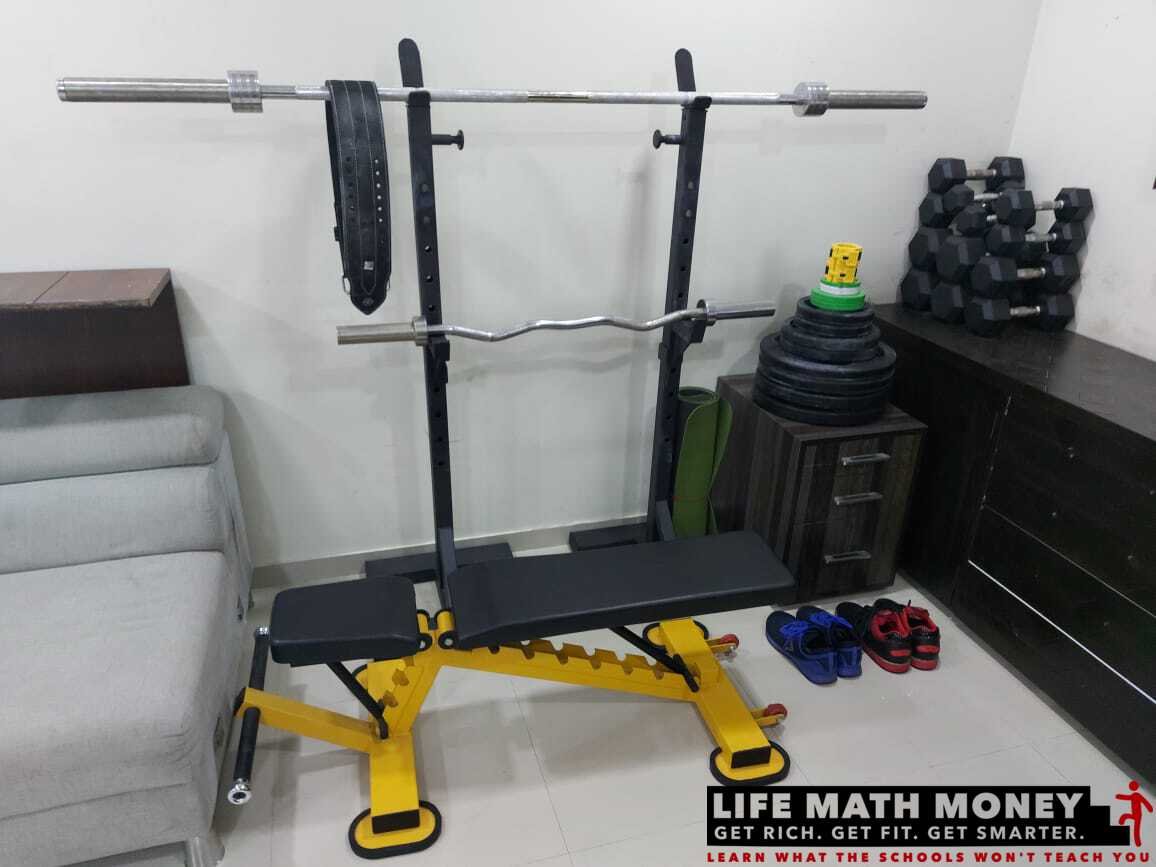


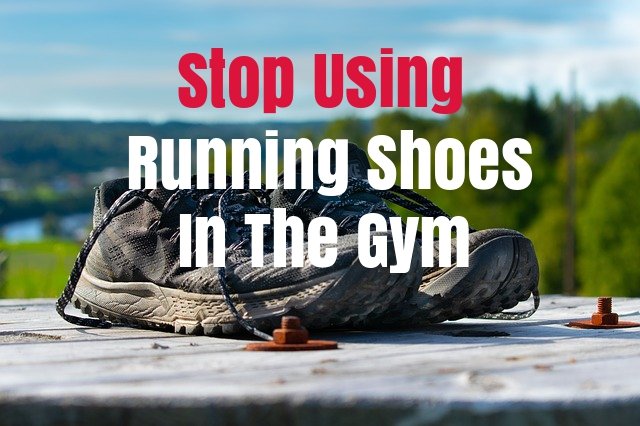





![Traits Women Find Attractive Traits Women Find Attractive (And How to Score Yourself) [PART 1: Physical Aspects]](https://lifemathmoney.b-cdn.net/wp-content/uploads/2025/11/Traits-Women-Find-Attractive-1.jpg)











